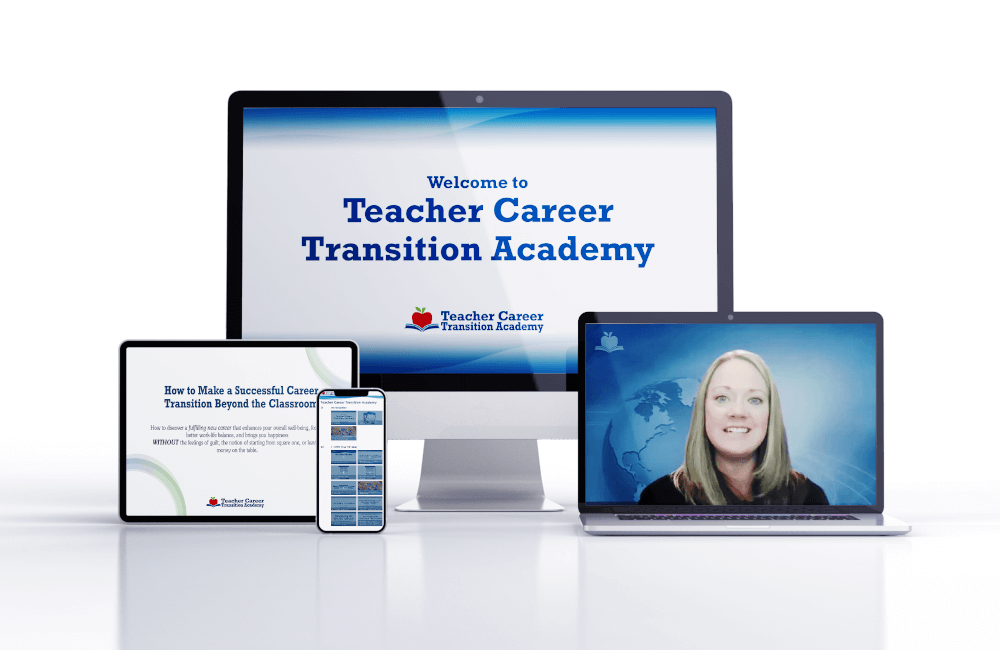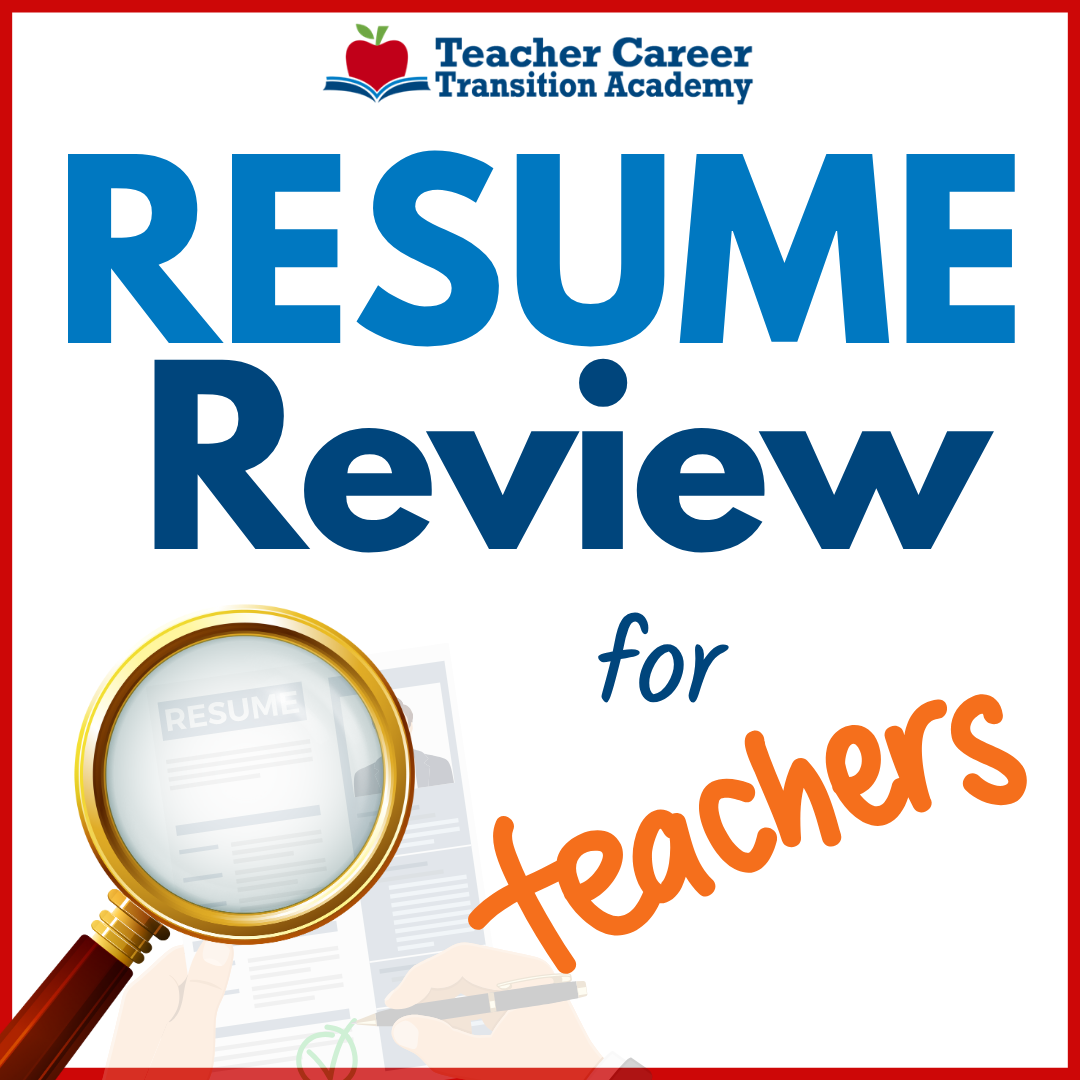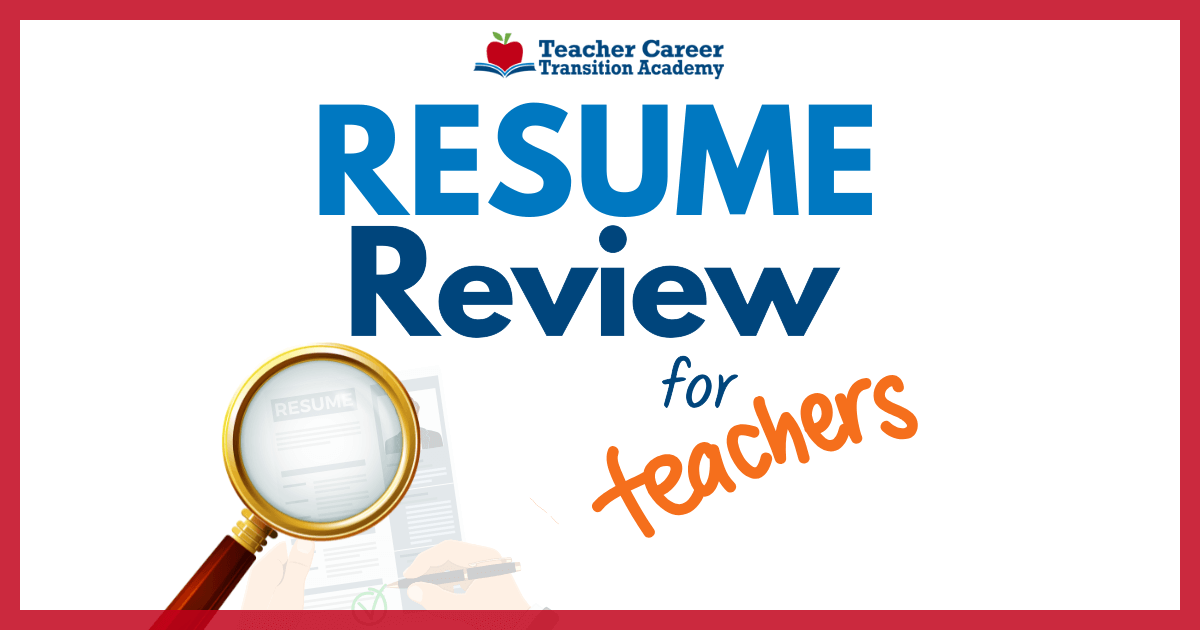
When job seekers hear the term "ATS" or "applicant tracking system," they may feel intimidated or frustrated. However, the reality is that understanding and optimizing your resume for the ATS system is not as complex as it may seem. Here, we will debunk common myths about the ATS and provide tips on how to create a resume that can successfully pass through it.
Myth: The ATS Doesn't Recognize Formatting
Another common misconception is that the ATS system cannot recognize or interpret the formatting of a resume. While it's true that some ATS systems may struggle with complex formatting, most modern systems have evolved to understand and parse various formats. However, it's still essential to follow certain formatting guidelines to ensure optimal readability by the ATS. Here are some additional tips to consider:
- Use standard fonts like Arial, Calibri, or Times New Roman, as they are universally recognized and easy to parse.
- Avoid using excessive formatting elements like fancy borders, shading, or text boxes, as they can interfere with the parsing process.
- Stick to a consistent and logical structure, using headings and subheadings to clearly delineate different sections of your resume.
- Use bullet points to highlight key achievements and responsibilities in your work experience section. This helps the ATS system identify and extract relevant information more accurately.
- Include relevant keywords strategically throughout your resume. Carefully review the job description and incorporate industry-specific terms and phrases that align with your skills and experience.
- Provide context for your accomplishments by quantifying your achievements whenever possible. This not only adds value to your resume but also helps the ATS system understand the impact of your work.
Fact: Tailoring Your Resume for the ATS and Humans
While it's important to optimize your resume for the ATS system, don't forget that ultimately, your resume is meant to impress human recruiters and hiring managers. Finding the right balance between ATS optimization and human readability is key. Here's how you can achieve that:
- Craft a compelling professional summary or objective statement that showcases your unique value proposition and captures the attention of both the ATS and the human reader.
- Use language that is clear, concise, and easy to understand. Avoid excessive jargon or acronyms that may confuse the ATS or the human reader.
- Incorporate relevant action verbs and power words to make your resume more engaging and impactful.
- Customize your resume for each job application. Tailor your skills and experiences to match the specific requirements outlined in the job description. This not only helps the ATS system identify your qualifications but also demonstrates your genuine interest in the position.
- Proofread your resume carefully to eliminate any spelling or grammatical errors. These can negatively impact both the ATS and the human reader's perception of your attention to detail.
Tips on Formatting Your Resume for the ATS
When the ATS system parses or reads your resume, it needs to be in a specific format to properly read it. Here are some tips to make sure your resume is in the right format:
- Keep it simple, clean, and easy to read.
- Use a simple and clean template.
- Stick to the main sections, such as contact information, professional summary, skills, work experience, and education.
- Name the document properly. Use your first and last name, the job title, and the company name.
- Submit the resume in the acceptable format, whether it's a PDF or Word document.
- Avoid using tables, columns, pictures, icons, and abbreviations that the system may misread.
- Use black ink and a clear font that is easy to read.
Mastering the ATS Game
Understanding and optimizing your resume for the ATS system is essential in today's digital job application landscape. By debunking common myths and following the tips provided, you can ensure that your resume is well-structured, keyword-rich, and formatted for optimal parsing. Remember to strike the right balance between ATS optimization and human readability to create a resume that impresses both the technology and the human eyes that will review it. With these strategies in your arsenal, you can increase your chances of standing out from the competition and landing your dream job. If you haven’t yet, join LearnWorld’s Facebook Group, Teacher Career Transitions (LearnWorld).
About This Post:
This blog post is based on information shared within the Teacher Career Transition Academy. To learn more about this particular topic, refer to the video title “Transitioning Teachers Guide to Writing Resumes Pt. I” located within the Teacher Career Transition Academy.





